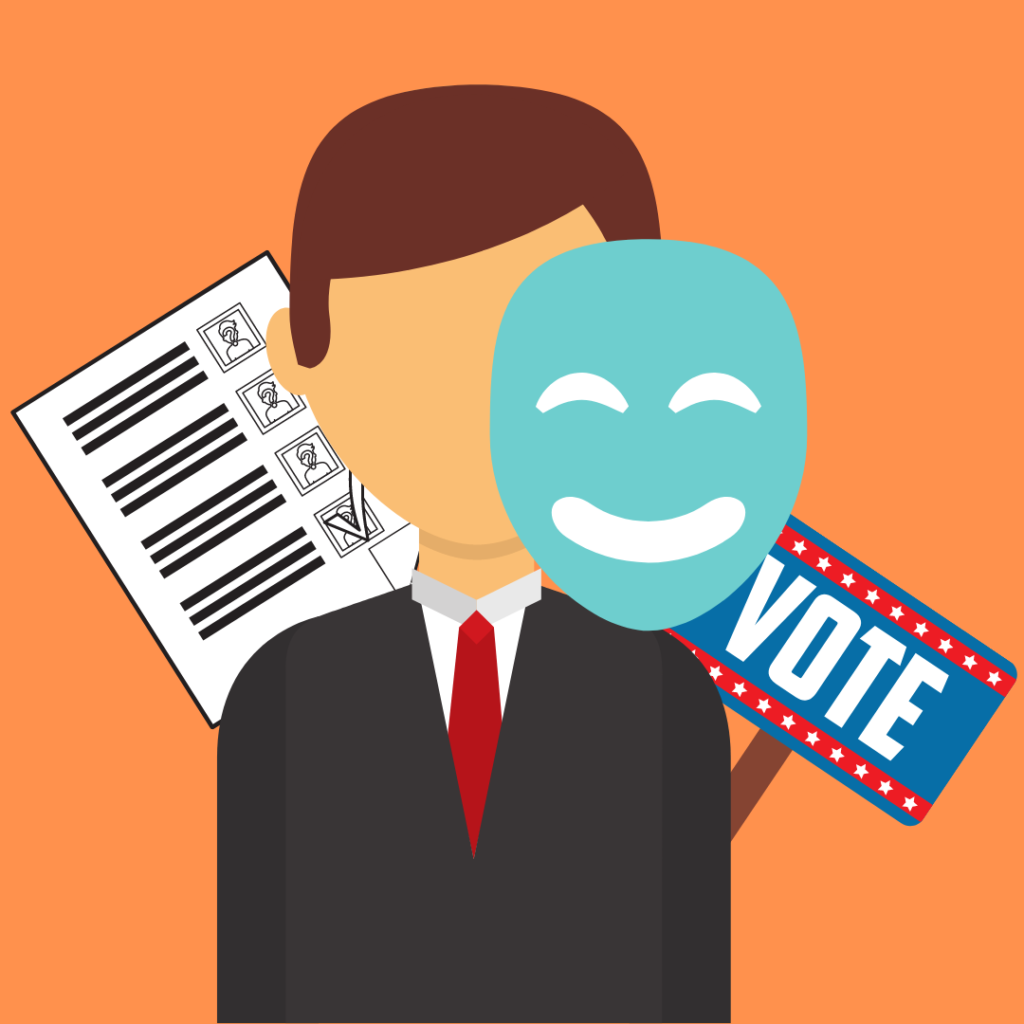For the last couple of days, blue and red colors have been all over your TVs and phones. You have probably been hearing “Democrat” and “Republican” nonstop.
But what does “Democrat” and “Republican” even mean?
You may have first heard these words in your social studies or history classes in middle school. You were shown drawings of a donkey and an elephant both colored in blue and red and sprinkled with white stars.
Growing up — especially in Hudson County — you may have noticed the city areas tend to advocate for any candidate running under the Democratic party. Meanwhile, more rural places in the state tend to lead towards a candidate campaigning under the Republican party.
As former Vice President Joe Biden (D) and President Donald Trump (R) continue to battle it out for the next presidential seat, let’s look into what it really means to be a Democrat or Republican.
Looking behind the blues and reds
Originally, the ideologies between the two political parties were opposite.
The Republican party, founded in 1854 by anti-slavery activists, used to dominate the northern parts of the U.S.
After the Civil War, under Abraham Lincoln (R), it was the Republicans who passed laws to protect Black Americans. Democrats opposed these powerful laws because they feared corruption would erupt from expansion of federal power.
There doesn’t seem to be a certain point of the parties’ transitions, but many say it happened in the 1930s.
Democratic President Franklin Roosevelt won re-election and signed the New Deal, which was a series of programs, public work projects, financial reform and regulations to offset the damages caused by the Great Depression.
Roosevelt led the way for American liberalism with his left-wing philosophies. Left-leaning philosophies include income equality, universal healthcare and path to citizenship for undocumented immigrants.
Afterwards, Republicans strayed away from Lincoln’s former lead and began to build a philosophy on economic libertarianism (a strong market economy) and social conservatism (maintaining traditions in society).
And that’s what brought us here today.
The donkey versus the elephant
With different affiliations comes different beliefs.
If you find yourself nodding your head to a lot of points within a single party, you may start to identify yourself with them — this can be because you personally believe those ideologies or someone raised you into believing them.
The way the country communicates, maneuvers and behaves is determined by the party the U.S. president falls under.
But it’s time to decide for yourself. Below is a chart comparing the two,according to Diffen.


I chose my political party, now what?
Stay up to date and use your voice when you can.
This simply means to read up on everything, keep up with the news — including your local news — and vote.
Many major publications like, The New York Times, have daily rundowns to show you what’s happening around the world. CNN, MSNBC and Eyewitness News are just a few of the TV news stations that can help you stay on track.
In the age of social media, many things can get distorted and misinterpreted. Instead, double-check any news or information with a trusted news outlet.
Despite Trump’s attack on the media over the years, news outlets and publications continue to deliver the news — including the results on the 2020 election.
The U.S. has a democracy that tries to focus on the people’s input. If the people don’t give input, then, essentially, their power is taken away from them.
But voter turnout is up this year. It’s the highest it’s been since 1900.
Among the younger generation and through social media, there’s been a clear cry for help to stop the 45th president from winning another four years. Trump has been through a lot during his first term of presidency: protests, accusations, impeachment and more — all against him.
If Biden wins the 2020 election, that shows you what one vote can do.












